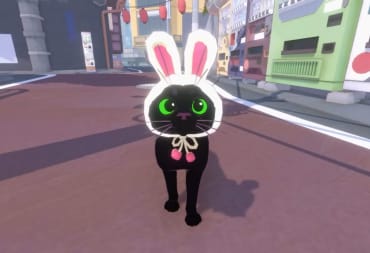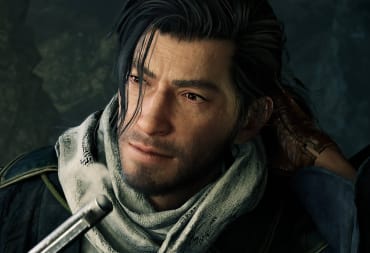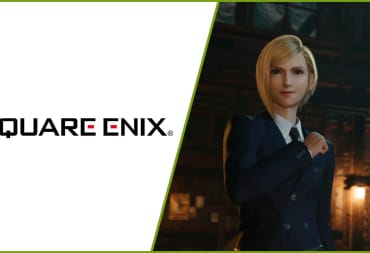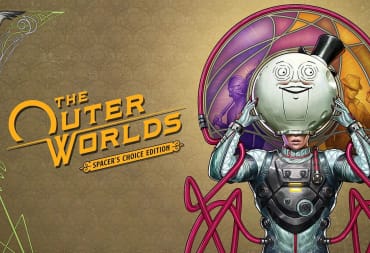I was fortunate enough to play through The Outer Worlds twice in 2019. Both times, I sided with Dr. Phineas Welles, undermining the Board’s authority to restore some semblance of hope in Halcyon. Recently, I played it again on the Nintendo Switch, and this time I became the evil Board’s loyal dog. It was the worst experience I had with Obsidian’s otherwise fantastic RPG, and it’s not because I joined the Board.
To put it simply, the Switch port of The Outer Worlds offers a disappointing experience. Textures take noticeably longer to load, and the frame rate often struggles to maintain 30 fps. The once vibrant colors of Monarch and Terra-2 become drab shadows of what they used to be. The RPG has been out on other platforms for months now and, if possible, should be played on those instead of the Switch.
The Outer Worlds’ Struggling Performance

The freedom to play in various ways has always been a strength of The Outer Worlds, where even your silver tongue is a viable weapon. If you plan on fighting enemies in combat—and chances are, you will—the Switch port’s performance becomes an unavoidable distraction. The choppy frame rate makes it hard to aim at anything, and it left me with a sense of helplessness. Whether you plan on using a sniper rifle or a grenade launcher, your biggest enemy will be the game itself instead of the enemies in front of you.
Melee-based classes might fare even worse, to some extent. For context, I previously played as a lovable buffoon with a hammer who smashed his way through any situation he couldn’t talk through. On a PlayStation 4 Pro and on a gaming PC, the steady frame rate made melee gameplay an absolutely satisfying pleasure. With the subpar Switch version, maneuvering through hails of laser fire frustrated me, and hitting enemies felt like a futile effort.
Unfortunately, the platform-exclusive motion controls don’t provide much help, either. In the options menu, you can set motions controls to be always on, only when aiming with ZL, or never on. Despite hours of trying, it never felt intuitive or natural to use. In most cases, the range of motions never felt like a one-to-one simulation, with the player camera moving either too much or too little. With the ZL option, the motion controls only kicked in after a short delay. The Outer Worlds by no means requires Call of Duty-level reflexes, but that bit of disconnect still made shooting even harder, with all the added performance issues in mind.
Rampant Capitalism Never Looked So Low-Res

Frame rate aside, The Outer Worlds on Switch isn’t necessarily pretty to look at. The surprising color palette of bright blues and yellows amid brown and green landscapes look pretty on other platforms. The meager power of the Switch, though, does Obsidian little justice. Certain items in the environment can look gnarly, while buildings and rock formations can look rough. It’s hard to fault the port for that—the Switch isn’t exactly a powerhouse compared to its contemporaries.
Where it gets worse, however, is in how long it takes for these unimpressive textures to load in. More often than not, it can take up to five seconds, and sometimes more, for textures to properly load. While waiting, the frame rate dips. That gives players a large window of time to absorb incredibly low-res environments, and it mars the overall experience.

These loading delays aren’t just restricted to textures, unfortunately. Enemies sometimes appear out of thin air, as well. Outside of the major settlements, you often find abandoned buildings infested with feral monsters or marauders. While sprinting through these low-res streets, sometimes the game will simply stop. Everything goes blurry, and a spiral loading graphic appears on the screen. After a solid five seconds of waiting, I regained control and noticed the textures on the buildings had loaded—along with a handful of enemies that weren’t there five seconds ago.
Needless to say, it was annoying to have to deal with enemies that suddenly appeared mere feet in front of me. Even worse, this happened often enough where it became a recognizable pattern as I strolled into new locales. I can deal with textures looking less-than-stellar, but when the gameplay experience is affected, the issue is hard to overlook.
The Outer Worlds is Still Worth Playing

All that being said, The Outer Worlds remains a fantastic RPG. If you haven’t played it yet and are itching for something like Fallout: New Vegas, it’ll scratch that itch and more. The robust stat system, consistently funny dialog, and intriguing story provide hours of entertainment, often at the expense of a satirized version of capitalism. The companions are lovable, memorable, and meaningful, too. Above all else, by the time the credits roll, you’ll feel like your decisions made a real impact on Halcyon. It’s a “role-playing game” in every sense of the phrase, and it comes highly recommended.
If you plan on supporting the Obsidian capitalist machine though, your money is better spent on platforms other than the Switch.
TechRaptor played The Outer Worlds on Nintendo Switch with a code provided by the publisher. It is also currently available on PlayStation 4, Xbox One, and PC.
Have a tip, or want to point out something we missed? Leave a Comment or e-mail us at tips@techraptor.net













